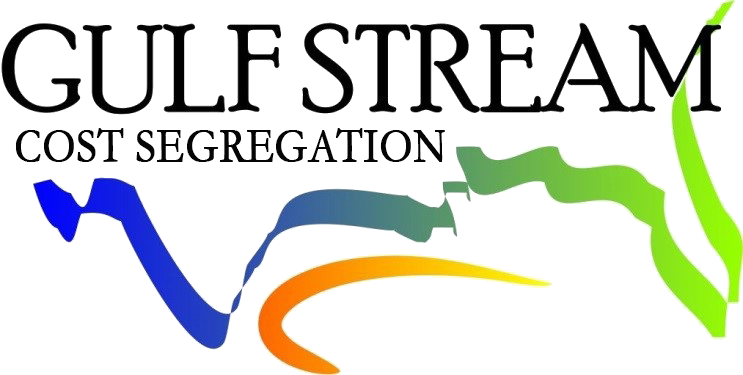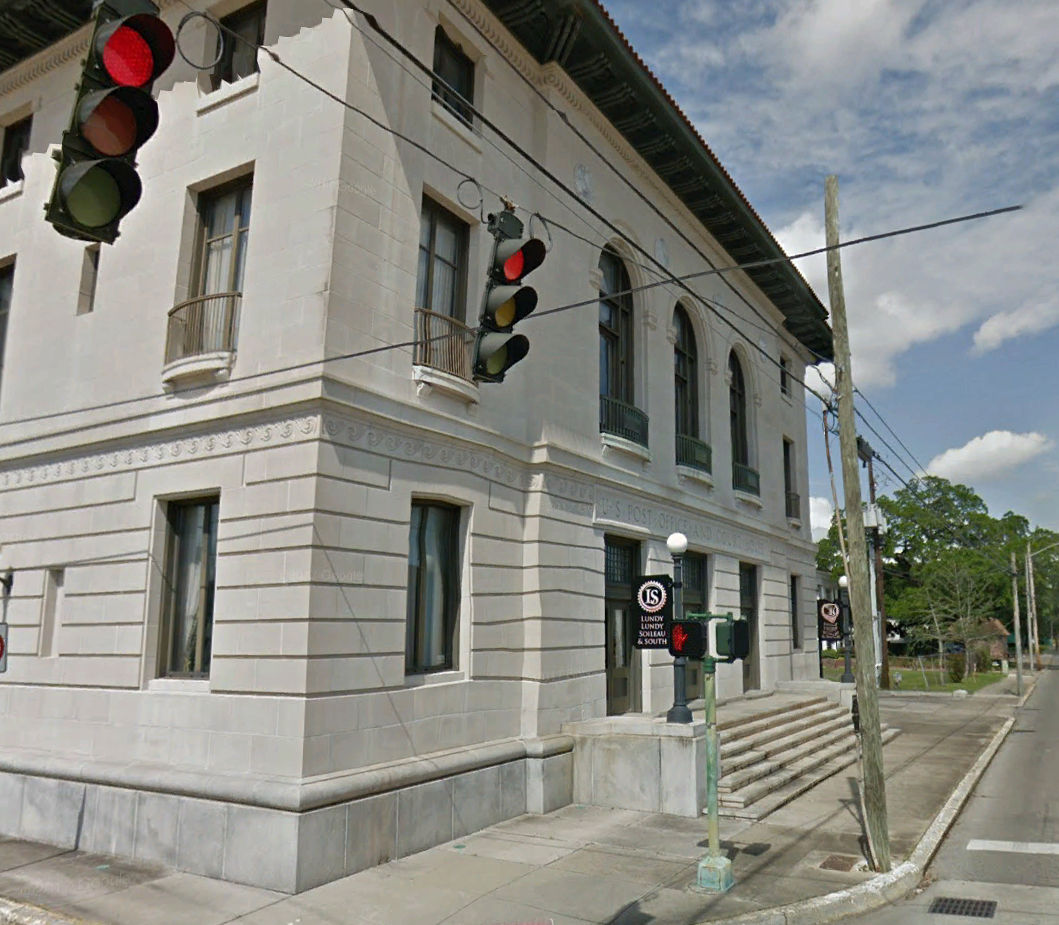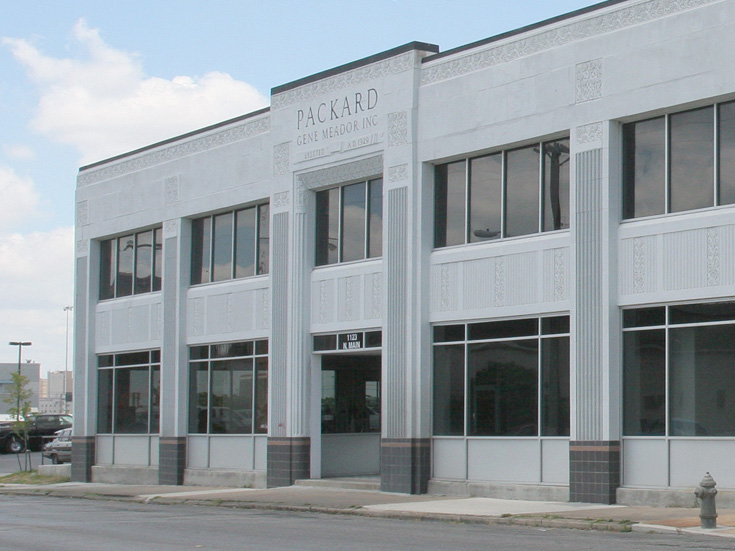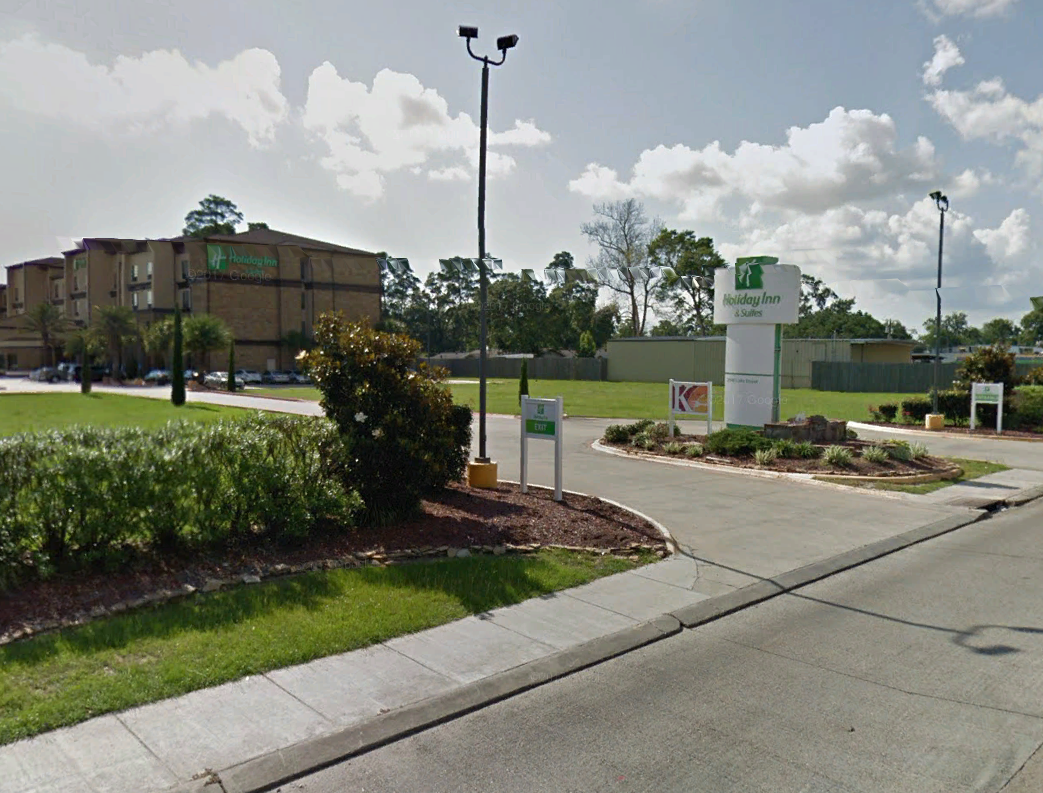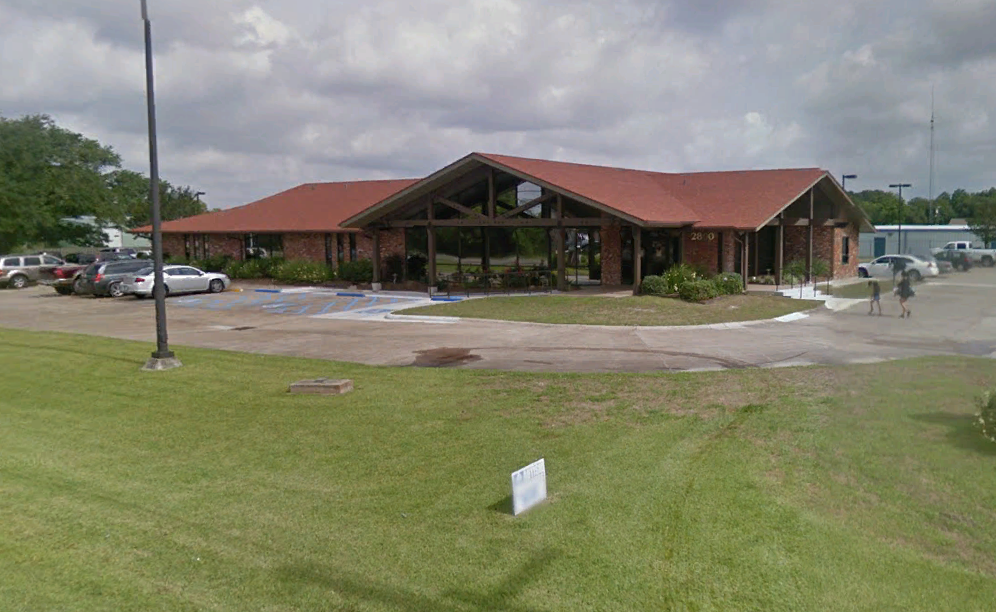Generally, long term holders of real estate. The group includes developers, real estate investment companies, high net worth individuals, property management companies, bankers, and company owners with multiple office/plant locations.
Example: A medical group purchased a medical office building for $5,000,000.
Standard procedure: Allocate $500,000 of the purchase price to non-depreciable land, and depreciate remaining $4,500,000 over 39 year period as commercial real property.
Alternative: Through a cost segregation study, 16% of total building cost are allocated to 5 year property and 18% to 15 year property.
Impact: Total depreciation expense in years 1-5 is increased by $711,000 and tax liability is decreased by $277,290. Over the depreciable life of the asset, the total expense is identical, but shortening the depreciable lives of a portion of the purchase significantly increases after tax cash flow.
Benefits of a cost segregation study include:
Who needs a cost segregation study?
- An immediate increase in cash flow
- The deferral of taxes
- The ability to reclaim depreciation deduction from prior years that were under estimated without having to amend previous tax returns.

Why a Specialist is Needed
The IRS’s Audit Techniques Guide (ATG)
